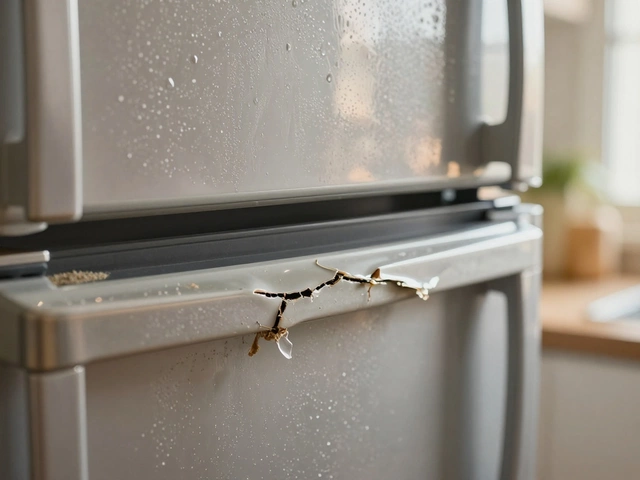Standing Water in Dishwasher? Get It Draining Fast
Ever opened your dishwasher to find a puddle at the bottom? It’s frustrating, but most of the time you can sort it out without a pricey call-out. Below are the most common reasons your machine leaves water behind and the steps you can take right now.
1. Check the filter and spray arms
First thing to do is pull out the bottom rack and locate the filter. Food particles, grease, or broken glass can clog the filter and stop water from flowing out. Remove the filter (usually a twist‑off) and rinse it under hot water. While you’re there, spin the spray arms by hand – they should turn freely. If you see debris stuck in the holes, use a toothpick or a soft brush to clear them. Re‑assemble, run a short cycle, and see if the water disappears.
2. Inspect the drain hose and pump
The drain hose runs from the dishwasher to the sink or garbage disposal. Over time it can kink, sag, or get blocked by food bits. Detach the hose (have a bucket ready for any leftover water) and blow through it. If you feel resistance, push a flexible brush through to clear the blockage.
Next, listen for the pump humming during the drain phase. If it’s silent or makes a grinding noise, the pump may be jammed or burnt out. A quick visual check: locate the pump under the tub (you might need to remove the front panel). Look for any obvious obstructions like broken cookware pieces. If the pump spins freely after you remove the debris, you’ve likely solved the issue. If not, it’s time to get a professional to replace the pump.
3. Test the float switch
The float is a small plastic dome that rises with water level. When it hits a certain height, it tells the machine to stop filling. If the float gets stuck in the up position, the dishwasher thinks it’s already full and won’t pump the water out. Gently lift the float; it should move up and down smoothly. If it’s stuck, clean around it and ensure nothing is blocking its movement.
4. Look at the air gap (if you have one)
Many UK homes have an air gap on the countertop where the dishwasher drains. This device prevents back‑flow from the sink. Remove the cap, clean any grime, and flush it with water. A clogged air gap can cause water to sit in the tub.
5. When DIY isn’t enough
If you’ve cleared the filter, hose, pump, float, and air gap and the water still pools, the problem is likely an internal electrical fault or a worn‑out pump motor. At this point, calling a local repair service—like Rugby Appliance Repair Services—will save you time and prevent further damage. A qualified tech can run a diagnostic, replace faulty parts, and get your dishwasher back to normal.
Bottom line: most standing‑water issues are caused by simple blockages that you can fix in 15‑30 minutes. Keep your filter clean, check the hose regularly, and make sure the float moves freely. If those steps don’t work, don’t hesitate to get a professional involved. Your dishes (and your sanity) will thank you.






